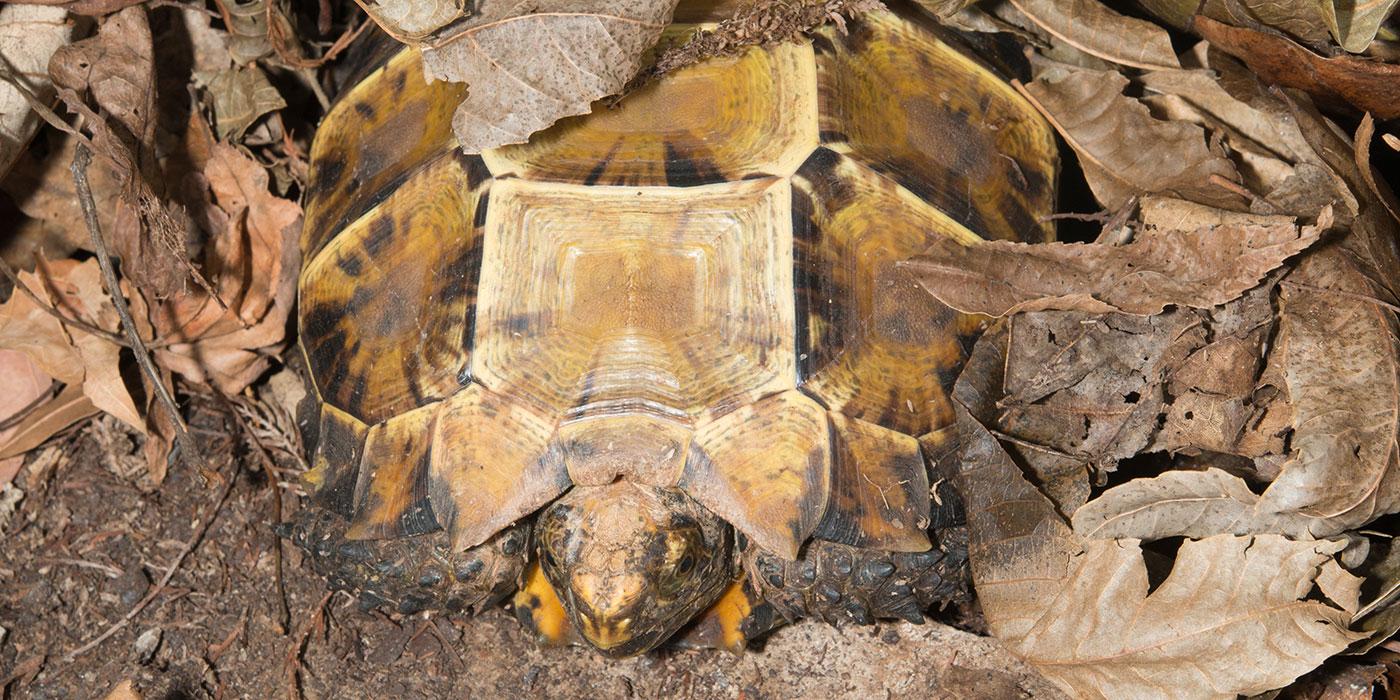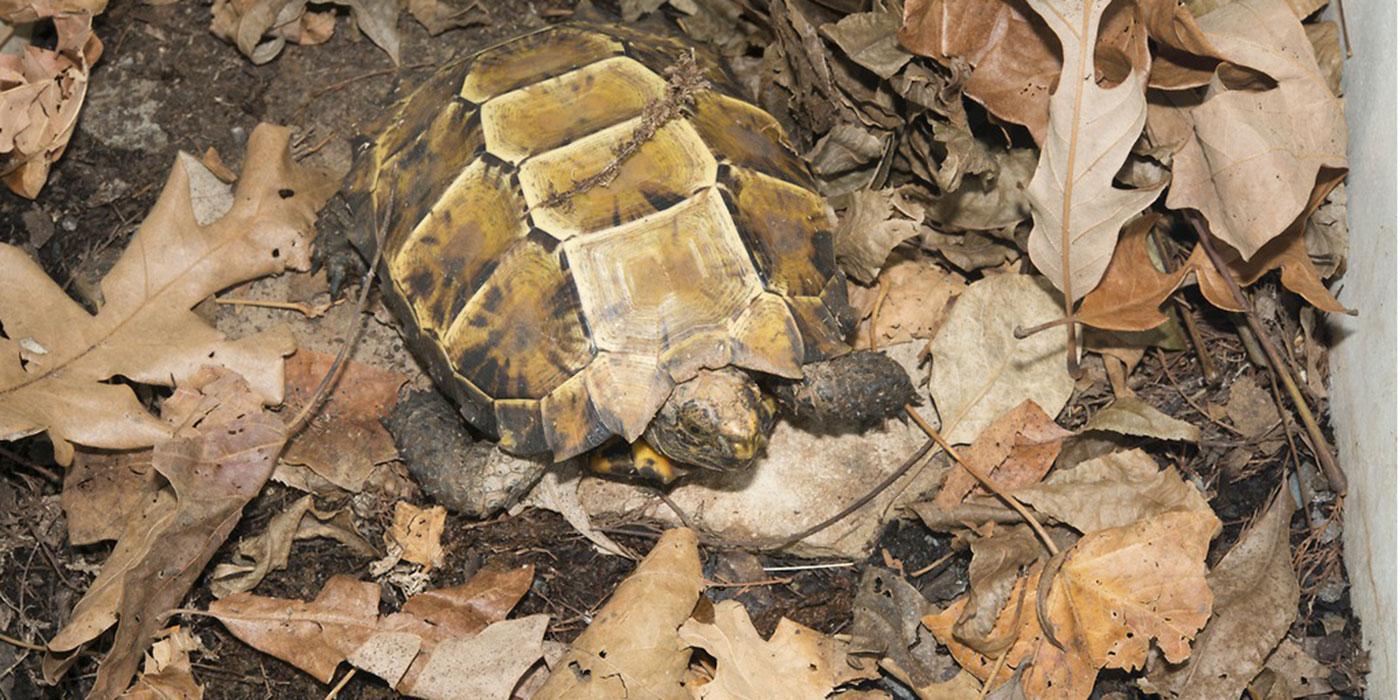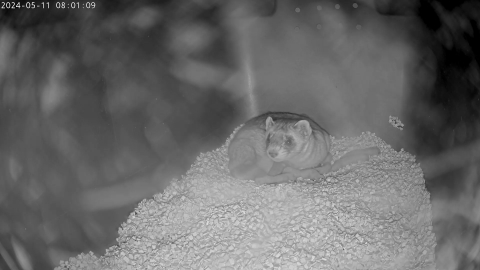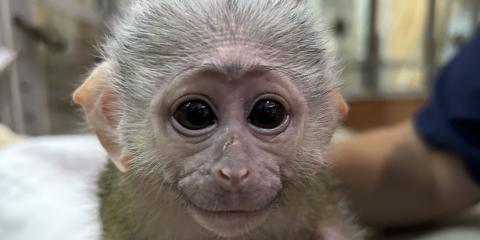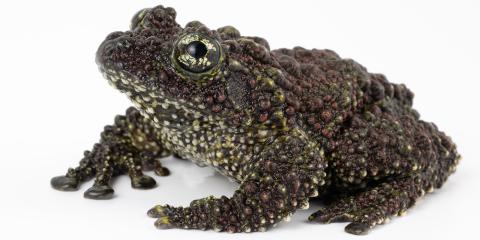Physical Description
Impressed tortoises have a somewhat flattened carapace, or shell, with a strongly serrated edge. Their name comes from the shape of their scutes, which are impressed or indented, rather than the traditional dome shape. The scutes are a pale yellowish brown color that radiates out to a dark brown.
This tortoise's limbs and tail are dark brown or black, while its head is yellowish. Some have a pinkish coloring on the snout.
Size
Native Habitat
Impressed tortoises live in evergreen and bamboo forests in the hills and mountains across Asia. They are known to live in Myanmar, Thailand, Vietnam, Laos, Cambodia and Malaysia, with possible range into China.
The impressed tortoise is believed to be more predominantly terrestrial, spending most of its time under leaves on the forest floor. It is found in thick evergreen forests or bamboo thickets located on hills or mountains.
Food/Eating Habits
Recent studies suggest that these tortoises feed almost exclusively on mushrooms, although they may also eat other vegetation.
At the Smithsonian's National Zoo, they eat mixed greens, pellets and mushrooms.
Sleep Habits
Reproduction and Development
Evidence suggests that mating season is mid-March to September, the same as the rainy season. A courting male bobs his head up and down while opening and closing his mouth. If a female is receptive, she will raise her body. Males will stretch their necks and vocalize during copulation.
One study observed 17 eggs being laid in a shallow cavity and covered with leaves. In human care, females have been known to guard the eggs and continuously add additional nesting material. Hatchlings have been reported as having carapaces 2 inches (50 millimeters) long.
Conservation Efforts
Impressed tortoises are included in CITES Appendix II. They are considered endangered in Thailand, and vulnerable in Laos and Vietnam.
This very specialized and sensitive species is particularly vulnerable to habitat loss. Unfortunately, they have experienced a significant amount of habitat loss due to agricultural expansion and forest fires. Impressed tortoises are also collected for the pet trade, although they do not do well as pets due to their specific needs.
The export of impressed tortoises has been banned in Thailand. However, an illegal market persists. Educating consumers about impressed tortoises, as well as preventing habitat loss, would likely help them in the future.
Help this Species
- Practice ecotourism by being an advocate for the environment when you’re on vacation. During your travels, support, visit or volunteer with organizations that protect wildlife. Shop smart too! Avoid buying products made from animals, which could support poaching and the illegal wildlife trade.
- Choose your pets wisely, and do your research before bringing an animal home. Exotic animals don’t always make great pets. Many require special care and live for a long time. Tropical reptiles and small mammals are often traded internationally and may be victims of the illegal pet trade. Never release animals that have been kept as pets into the wild.
- Share the story of this animal with others. Simply raising awareness about this species can contribute to its overall protection.
